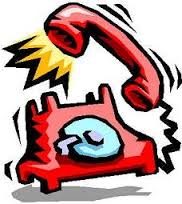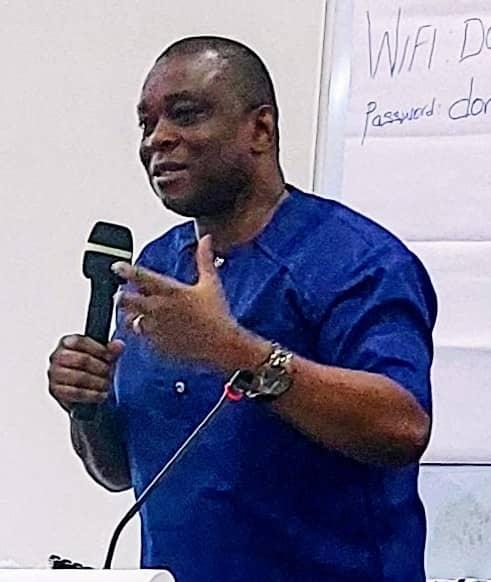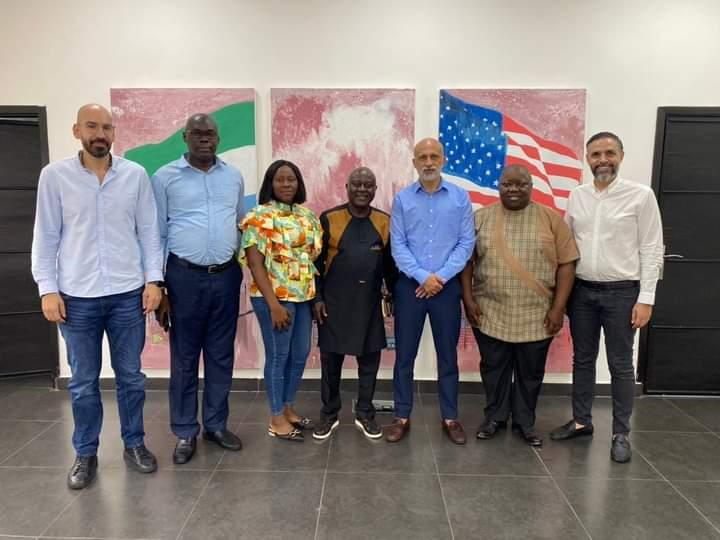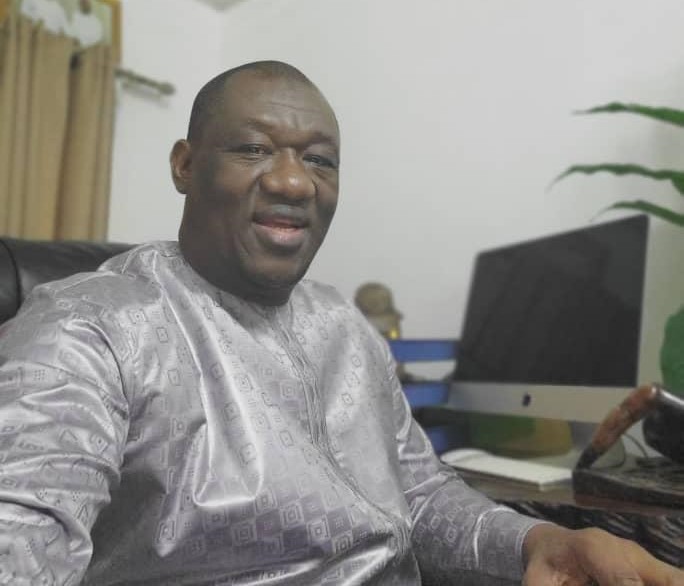How Call Centers Work; The 117 Debacle
The 117 Ebola emergency call center has come under serious public criticism over what it perceives as ineffectiveness of the center. The impression one gets listening to the complaints is that it’s the call center that is responsible for the burial teams and/or the ambulance service not to respond to the public calls promptly. In this piece, I would attempt to explain what a call center is and how it works.
A Call Center (CC) is usually the link between clients and an organization. Customers make calls to a CC to get more information, to make complaints about poor services and to have problems resolved. In telecoms business, these reasons make the CC the face of the company and a mechanism which could help to retain customers or lose them. It also provides a sales opportunity especially for value added services. But the effectiveness of a CC depends on a number of interrelated factors called ‘Key performance indicators’ (KPI). These KPIs serve as blueprint that guide the daily work of Call center Agents (CCAs).
Technical management of CC
The most important of these KPIs or benchmarks is the ‘service level’ (SL). A service level refers to the total number of calls offered to the call center over the total number of calls handled by CCAs. The standard SL benchmark for an effective CC is 75%. The SL invariably depends on another benchmark; the number of calls each CCA should handle within a shift (which is normally 8hrs). This is very critical because it gives an indication of how many agents are needed at a given period (shift). In determining this, it is also important to understand the calls pattern. That is, at what time of the shift does the CC receive the highest or least number of calls (peak and off peak times).
Other technicalities include a determination of the average handling time, average waiting time and the average time for feedback to the caller. The first of these three technicalities refers to the time each CCA is expected to spend on one call (on average), answering, and logging the data (usually 1minute maximum). The second refers to the time between when a call gets through (not when it is placed) to the CC and when the call is actually answered (usually, 3 seconds or on the third ring maximum). The third point refers to how long it should take the CCA to revert to a caller on an enquiry they were unable to deal with immediately. (Usually 24hours maximum depending on the issue) In an effectively functioning CC, the third factor normally warrants a ‘back office’. This is a small unit within the CC responsible for more technical issues or issues that generally require more time to be addressed. The back office frees up time for the frontline CCA to be able to answer to more calls promptly. It also allows for more accurate feedback to the caller.
There is also the determination of a ‘Full Time Employee’ (FTE). This refers to the calculation of non-productive time spent on breaks during work, like using the washroom, lunch; time spent stretching or doing anything other than work. The final component of an effective CC is reporting. Reports could be generated on an hourly, daily, weekly or monthly and for different reasons, depending on the information demands of management. Such reporting depends on the CC (reporting) tools (both hardware and software) available to the CC. Without the appropriate tools the agents may not be able to generate certain key reports.
CC work is tiresome
When all of these are appropriately laid out, the question of implementation by the CC or adherence by the CCA becomes even more critical. This is because working at call centers work is a monotonous and could degenerate into being very boring. The agents sit in one place answering to more or less the same questions repeatedly. Most of the callers have very high expectations that the call center has the solution to their problem; and why not? The call center is usually established with the promise that it has the answers to the caller’s problems. For example, in telecoms, when the commercial department advertises their products, they tell the public; ‘for more information call 111’ (call center). The Ebola 117 emergency line was established on a similar problem-solving promise.
Collaboration with other units
However, it is important to note that the call center is largely a reception where public enquiries, complaints and information are received, sorted and directed to the appropriate technical people for action. For instance, in telecoms, network complaints are analyzed and sent to the network engineers, commercial enquiries to the commercial department, billing complaints to the billing department etc. Any solution/feedback for each of those forwarded messages would now depend on the relevant department. But also, the accuracy of such feedback would invariably depend on the quality of information originating from the CC. When these departments fail to revert to the CC who in turn could not get back to the caller in good time with either the appropriate information or action, it would lead to caller disenchantment and even frustration.
Qualities of a good CCA
Besides the reputational risk that such unfortunate situations could cause to the institution, they could also put the CCA’s very existence into question. When callers get poor responses/service, subsequent callers could be impolite or downright rude; others could either be angry, desperate or both. Therefore, a CCA should be devoted to his/her job. He/she should communicator well, be honest, sympathetic and intuitive. He/she should also be courteous, helpful, have the right temperament, ready to go the extra mile for the client and have an extra dose of patience. This is because, in an emergency like this, most of the callers are under stress and may not be in the right frame of mind. The CCA should therefore be able to calm them down, ask the right questions to obtain the appropriate information that could be acted upon. Technical people sometimes get frustrated when they receive information that does not give them the required details that would guide or warrant their response.
The CC supervisor in particular should be technically knowledgeable about the benchmarks mentioned inter alia and should be able to balance these with the important stress and response dynamics within the CC. the supervisor must also display very good interpersonal skills in his/her relationship with both the agents and the other departments. This would ensure effective collaboration and timely response to clients.
The 117 debacle
The 117 Ebola emergency line was originally established in a small room at the Connaught Hospital and was tasked to collect feedback about the Free Health Care initiative. It was a platform for selected community members across the country to report abuses of the initiative such as sale of drugs, nonavailability of drugs, user fee charges etc. The 117 CC was a small outfit manned by at least three agents, including one nurse per shift. The center was equipped with desk telephones open to all mobile networks. It also had two computers, a printer and an internet connection. The calls were logged on papers and later transferred to a computer. There was no professional call center tool. When the Ebola virus disease broke out, the 117 was moved to the World Health Organization (WHO) Head Office, converted into the emergency response center and the general public was encouraged to call for all Ebola related issues.
Predictably, the 177 became immediately inundated, unable to cope with the deluge of calls and the high public expectations of the callers. Consequently, public frustration set in and the reputation of the 117 seriously battered. The government, WHO and the then Emergency Operations Center responded to reclaim some credibility for the 117 by strengthening the call center’s manpower and equipment. But equipment and manpower may not be the only issues. The technical/professional management of the center and the cooperation of the ambulance service/ burial team for instance, to respond promptly to the public calls will go a long way in restoring public confidence in the viability of the 117. The CCAs would receive the call and pass them on, that’s as much as they could do. The ability of the back office to return the calls with information about when an ambulance or a burial team would be available depends, largely, on those other units. This is why the CAAs must be careful and honest enough not to raise the expectations of the callers when they cannot guarantee the availability of those services. At the same time, they should not blame those other units for the slow response rather; they should politely and clearly explain the challenges involved in getting a burial team or an ambulance. This way, the call center could get its callers to appreciate that their concerns are not being ignored. It is usually difficult, especially during situations like this but it is possible if the CCAs are professionals.
Sheriff Mahmud Ismail
Stay with Sierra Express Media, for your trusted place in news!
© 2014, https:. All rights reserved.






